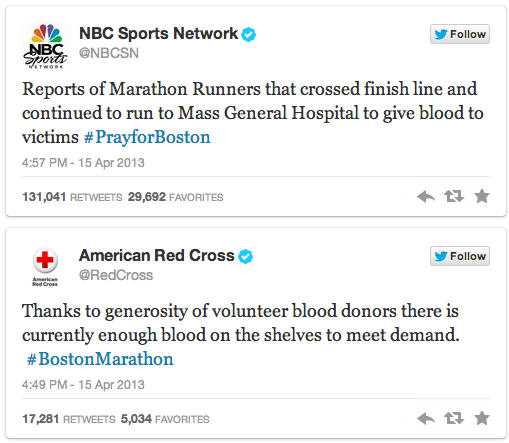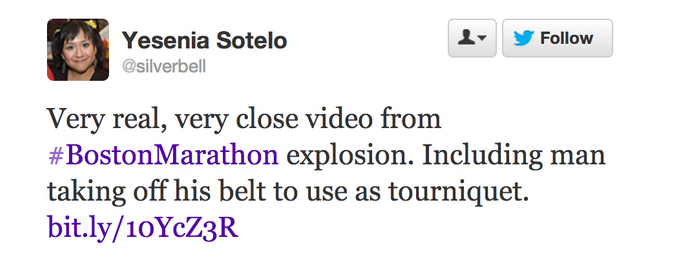During my trip to Seoul this summer, I met extraordinary people who escaped North Korea and are involved in service projects throughout South Korea. I was particularly inspired by North Korean defectors who are now college students in Seoul who want to “achieve unification of the two Koreas on a small scale by working with South Korean native peers through service projects.”
Esther Eom left North Korea several years ago and has been engaged in service projects over the past several years in Seoul. She is currently directing an NGO called “UNI SEED,” which engages university students who are South Korean natives and North Korean defectors to serve homeless people in Seoul. She believes that individual students can achieve what politicians currently cannot: unification (on a small scale) between North and South Koreans.
Additionally, she and her fellow NGO members want to signal to South Koreans and others that people who escaped North Korea are not solely dependent on South Korean NGO and government handouts. This young generation of North Korean defectors want to prove to themselves and others that not only can they survive, but also serve those in their new country.
Every third Saturday, UNI SEED cooks North Korean food, packages them into individual meals (rice, North Korean side dishes, and North Korean soup), and hands them out to homeless men and women in Seoul Station, a high-traffic area. They hand out the meals, and then go around the station to collect any and all trash that resulted from these meals. I was invited to their recent meal event and was inspired by how passionate, determined, and creative this group is.
There are other similar groups at churches and university campus across South Korea who want to achieve unification on a small scale by inviting South Korean native and North Korean defector students to work together on service projects and build trusting friendships through social events.
Keep an eye out for UNI SEED, Esther Eom, her colleagues, and for similar organizations. The power of a single individual truly cannot be underestimated!















